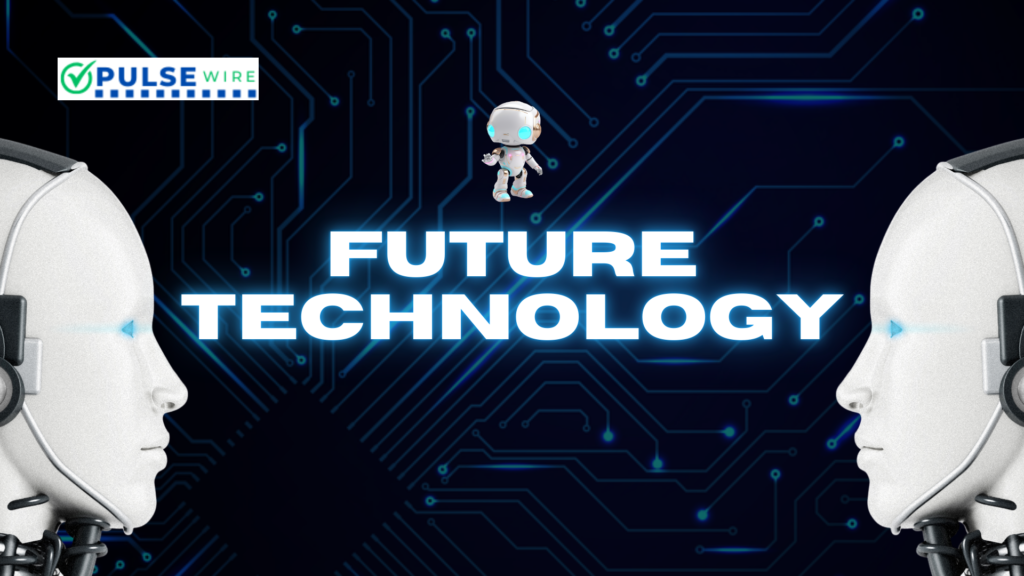
Introduction
Artificial Intelligence (AI) is rapidly reshaping industries worldwide, and education is no exception. From personalized learning experiences to administrative efficiency, AI is revolutionizing how schools and universities operate. In the USA, where education faces challenges such as resource disparity, high tuition costs, and varying student needs, AI offers solutions that promise to transform the learning landscape. This article delves into the impact of AI on education, its applications in schools and universities, and the potential future it holds for students and educators alike.
The Current State of AI in Education
AI’s adoption in education is steadily growing, with tools like adaptive learning platforms, AI-powered LMS, chatbots, and AI-driven analytics becoming commonplace. As institutions strive to meet the diverse needs of students, AI helps bridge gaps in personalized instruction, reduce administrative workloads, and improve overall efficiency. However, while AI adoption is promising, challenges such as cost, training, and ethical considerations remain.
Benefits of AI in Schools and Universities
1. Personalized Learning
AI enables tailored learning experiences by analyzing a student’s strengths, weaknesses, and learning pace. Platforms like DreamBox, Khan Academy, and Coursera use AI algorithms to adapt content in real-time, ensuring students get the support they need.
- Example: An AI-driven platform might identify a student struggling with algebra and adjust lessons to focus on foundational concepts before advancing.
2. Enhanced Administrative Efficiency
AI tools can automate repetitive tasks such as grading, scheduling, and managing student records, freeing educators to focus on teaching.
- Example: Turnitin, an AI-based tool, not only checks for plagiarism but also provides feedback on student assignments, saving educators countless hours.
3. Intelligent Tutoring Systems (ITS)
AI-powered tutoring systems like Carnegie Learning offer round-the-clock assistance, helping students with homework or complex topics outside the classroom.
- Benefit: ITS reduces reliance on human tutors, making quality education more accessible.
4. Accessibility for All Students
AI can assist students with disabilities through tools like speech-to-text, text-to-speech, and real-time translation. These technologies ensure an inclusive environment where every student has the chance to succeed.
- Example: Visual AI tools can describe images for visually impaired students, while real-time subtitles benefit those with hearing impairments.
5. Predictive Analytics for Better Outcomes
Universities use AI to analyze student data, predict performance, and identify those at risk of dropping out. This early intervention helps institutions take proactive measures to support at-risk students.
- Example: Georgia State University uses predictive analytics to identify and assist students who might fail, improving retention rates significantly.
AI Applications in US Schools
1. AI-Enhanced Classrooms
Smart classrooms equipped with AI-powered tools facilitate interactive and engaging learning experiences. Tools like Promethean and Classcraft gamify education, increasing student participation and motivation.
2. AI-Powered Learning Management Systems (LMS)
LMS platforms like Canvas and Blackboard incorporate AI features to personalize coursework, track progress, and provide actionable insights for educators.
3. Language Learning Assistance
AI-driven language apps such as Duolingo and Rosetta Stone use adaptive learning techniques to make language acquisition more effective and enjoyable for students.
4. Virtual Reality (VR) and Augmented Reality (AR)
AI combines with VR/AR to create immersive educational experiences. For instance, students can explore historical landmarks or conduct virtual science experiments, enriching traditional learning methods.
AI in Universities: A Paradigm Shift
1. Streamlining Admissions and Enrollment
AI simplifies the admissions process by automating application reviews and providing insights into applicant potential. Chatbots answer queries in real-time, enhancing the applicant experience.
2. Research Advancement
AI accelerates research by analyzing vast datasets quickly and accurately. Universities leverage AI for groundbreaking discoveries in fields ranging from medicine to engineering.
- Example: Stanford University uses AI to enhance its cancer research programs.
3. Customized Degree Pathways
AI helps students design degree pathways based on their career goals, interests, and academic strengths. This flexibility aligns education with real-world demands.
4. Improved Campus Safety
AI-powered surveillance systems enhance campus safety by detecting potential threats, monitoring activity, and issuing alerts in real-time.
Challenges of AI in Education
Despite its advantages, AI in education faces significant challenges:
1. Cost of Implementation
AI technologies require substantial investment, making them less accessible to underfunded schools and smaller institutions.
2. Ethical Concerns
AI raises privacy issues, particularly when dealing with sensitive student data. Institutions must ensure compliance with regulations like FERPA (Family Educational Rights and Privacy Act).
3. Resistance to Change
Educators accustomed to traditional methods may resist adopting AI tools, necessitating extensive training and support.
4. Bias in AI Algorithms
AI systems can perpetuate biases present in their training data, leading to unfair outcomes for certain student groups.
The Future of AI in Education
The potential of AI in education is vast, and its role will only expand in the coming years. Key trends include:
1. Lifelong Learning Opportunities
AI will make education more flexible, enabling individuals to upskill or reskill throughout their lives. Micro-credentials and AI-driven learning platforms will support this shift.
2. Global Collaboration
AI will facilitate international collaboration, allowing students from different countries to work together in virtual environments.
3. AI-Empowered Educators
Rather than replacing educators, AI will empower them with tools to deliver more effective and engaging lessons.
4. Improved Equity in Education
AI has the potential to reduce disparities in education by providing equal access to quality learning resources, regardless of location or socioeconomic status.
Conclusion
AI is undeniably a game-changer for education in the USA, with applications ranging from personalized learning to advanced campus management. As schools and universities continue to adopt AI technologies, they must address challenges such as cost, ethics, and training to ensure that AI serves as a force for good. By embracing AI responsibly, the education sector can create a future where learning is more accessible, inclusive, and effective for everyone. The journey of AI in education is just beginning, and its impact will undoubtedly shape generations to come.